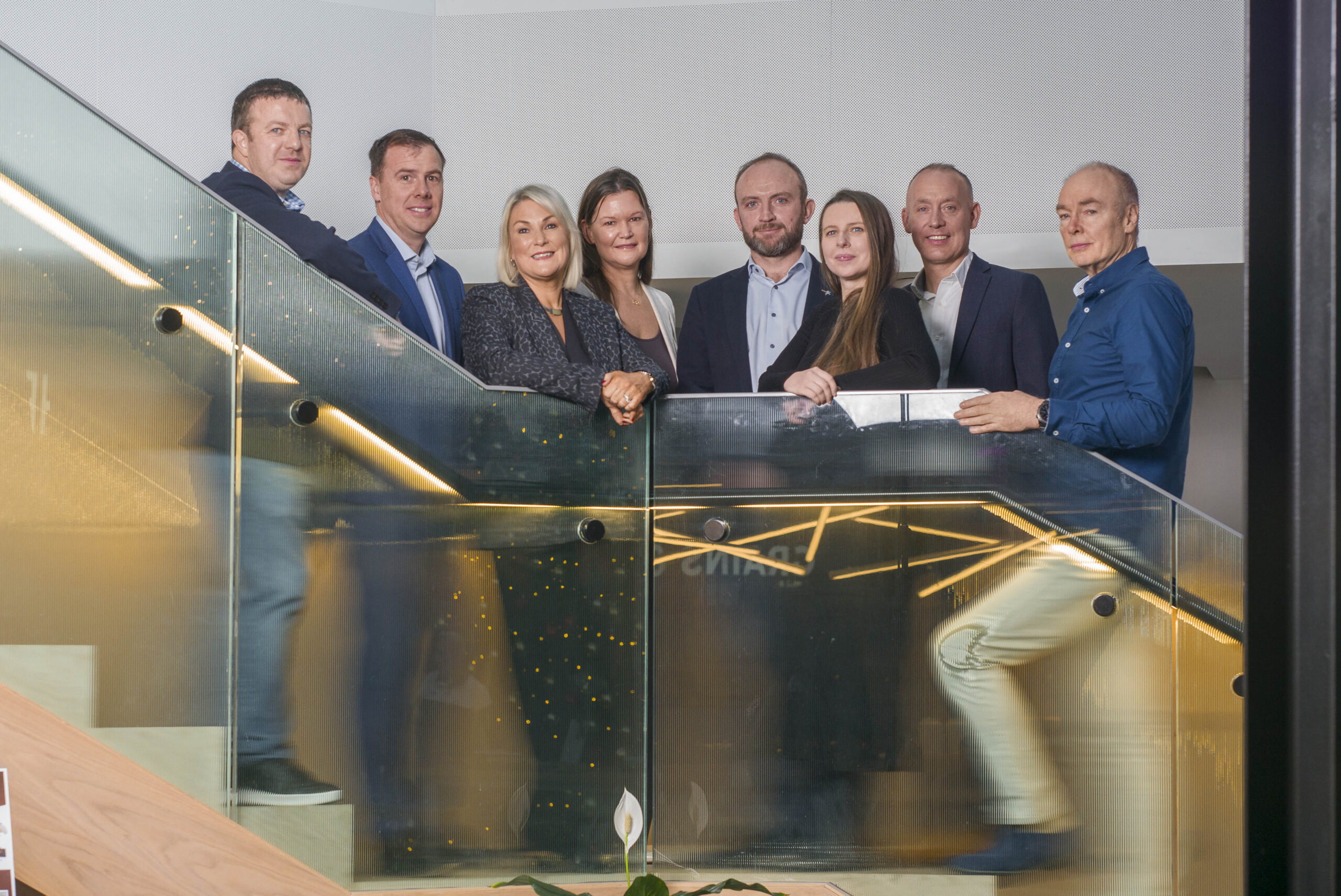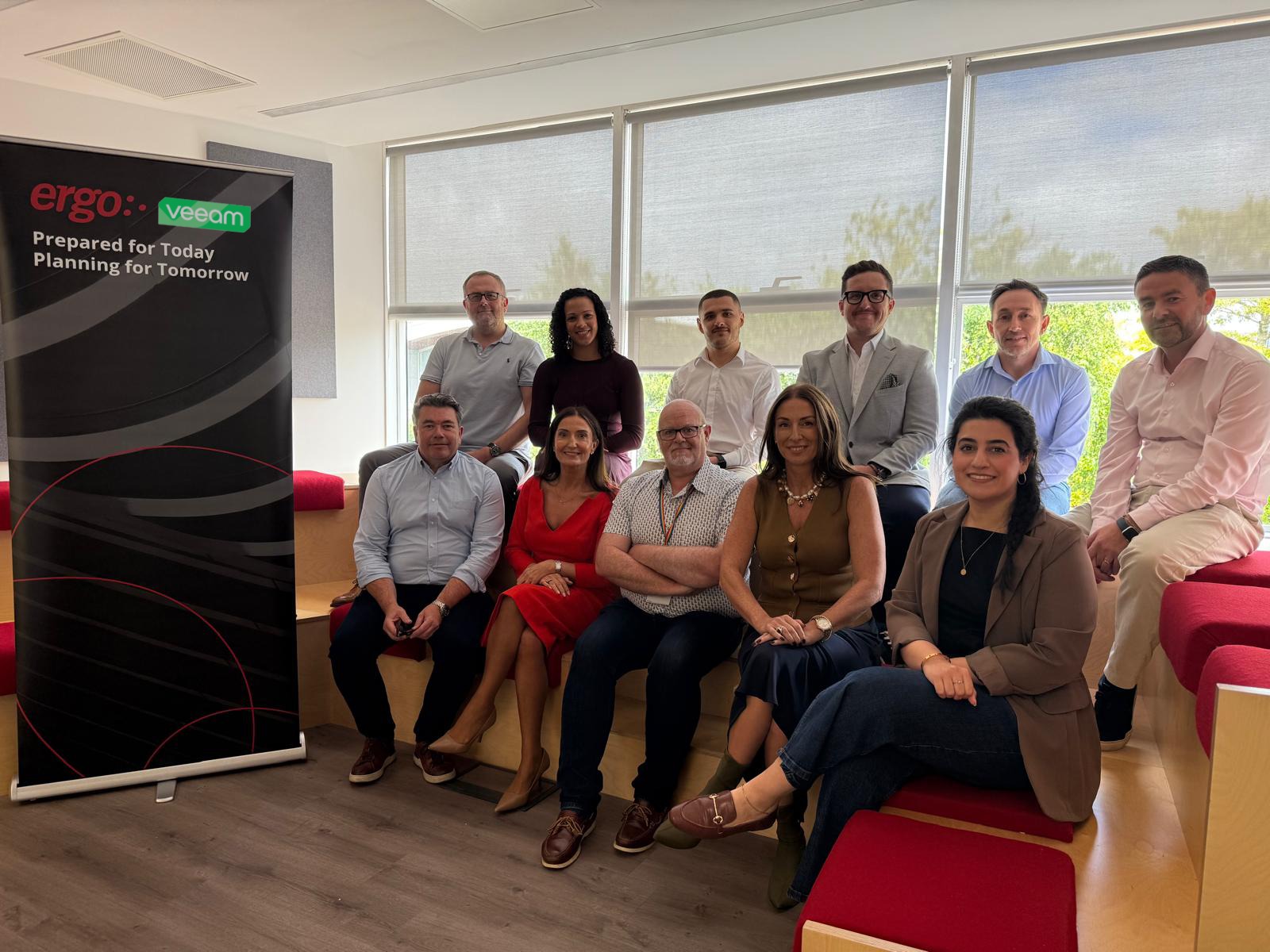Reinvent work with a collaboration culture that makes hybrid possible
Working remotely used to be the exception rather than the norm for organizations, until the first lockdown changed the workplace forever. What started as a reactive measure to keep companies functioning has become the basis for hybrid working, a way to accommodate a large proportion of the workforce that wants to spend at least some of their time working from home.
People quickly mastered Zoom and Teams calls for meetings, breaking down a reticence around making video calls and encouraging a new type of virtual interaction. What more progressive organizations soon discovered, however, is that video is just one application in a suite of unified communication and collaboration tools that are essential for hybrid working to succeed.
Gateway to a new world of work
What many businesses have found – and many others are actively in the process of discovering – is that Microsoft Teams is designed from the ground up to enable people to work seamlessly from anywhere. But having instant access to a range of collaboration tools is not about replicating what we used to do in the office, it’s about a whole new way of working.
The Microsoft vision is to make Teams the gateway that information workers go through to access a suite of Microsoft 365 apps at the start of their day. No need to go to Outlook or log into the corporate intranet, you go to a user dashboard and your job comes to you, with all the collaboration tools and data you need accessed through a single window, guaranteeing the same experience, wherever you are.
As we come out of the pandemic, organizations are starting to see Teams – and Microsoft 365 – as a way to give employees a seamless experience and the business a productive and collaborative environment, unimpeded by location. Users are liberated from complexities that once came with remote working, VPNs and complicated log-in protocols that got in the way of people doing their work. The modern workplace combines ease of access with ease of use.
Building an employee experience platform
What organizations really get with Teams is an employee experience platform. Old school file sharing and sending documents over email is clunky and messy compared to co-authoring documents that are hosted in the cloud, always available as the latest version, and easily shared without resorting to attachments.
The modern workplace experience is about enabling a hybrid workforce to pick up where they left off, whenever and from wherever they like, whether they’re sitting on a train on the way to a meeting or in a home office after the kids have gone to bed. Gartner reports that 50% of employees strongly agree that the pandemic has changed their expectations from employers. If employees don’t have the tools to work the way they want and feel frustrated in their jobs, employers may struggle to keep them.
High staff turnover following the pandemic is exacerbating a skills shortage that was already a challenge for businesses. Empowering employees with a great hybrid work experience is now a factor when it comes to recruitment and the sooner companies transition the better. A new world of work has to be more people-centric and technology is the great enabler.
Facilitating inclusive collaboration
New challenges inevitably come with new ways of working. We have all experienced virtual meetings where someone comes in with a bad connection or low-resolution camera and it affects their contribution. Everyone must be seen and heard equally, so it’s important to have the right hardware, in people’s hands and in dedicated meeting rooms, to ensure inclusive and seamless interactions. Enhancements to the platform like the PowerPoint Live instant translation features help to smooth out things like language barriers, but organizations will also need to ensure the hardware is up to the task. An inclusive approach to collaboration also means allowing your employees the freedom to choose how they wish to connect with others, depending on their circumstances. 38 percent of hybrid employees say their biggest challenge is knowing when and why to come into the office, while only 28 percent of companies have established team agreements about who will be working from where. To enable this, an upcoming RSVP option in Outlook would potentially allow users to RSVP to meetings and note whether they plan to join in person or virtually.
An inclusive meeting environment must enable seamless interactions to ensure everyone feels seen and heard. Soon owing to upcoming updates, in Teams Rooms, you’ll be prompted to turn your laptop video on so you can be clearly seen by remote participants no matter where you are in the room.
Communication takes many forms in this new world of work and every organization will find their preferences. Whether it’s a cross-business group working together to create a tender document in SharePoint or people in the same team engaging in casual social interactions with Yammer, different channels are available to be explored in ways that work for the business and employees. Collaboration trends in Microsoft Teams and Outlook indicate that interactions with our immediate team, or proximate network, strengthened with the transition to remote work. However, our interactions beyond immediate working groups, or with distant networks, seem to have shrunk. Collaboration in a hybrid work environment should be designed to uphold and maintain cross-functional interactions, in order to protect working bonds across the wider organizational culture and prevent ‘The Great Awkward’.
Everywhere is different but a sure sign of Teams working is when I see an organization that has dramatically reduced the number of internal emails it sends. It’s also a tell-tale sign of maturity when clients want to include partners and customers. They realize that it makes no sense to turn digital workflows into emails and attachments at the point where they go outside of the corporate environment. It’s not only inefficient, it’s less secure than sharing a document over SharePoint.
Assembling all the right components
For the best part of a decade Ergo has been talking to clients about collaboration tools. We know the pitfalls and the challenges organizations face and are never prescriptive in telling them how to use the applications and features. There are always creative people who will find excellent use cases that we would never have thought of.
Our role is about empowering organizations to find their own way of doing things. We are not going to tell anyone how to work, but we will provide the components, including Teams, to facilitate a modern workplace that gives employees the experience they want without compromising the needs of the business.
Security and devices are important components that are integral to how collaboration tools function inside an organization. Change management is another one. We are sometimes met with skepticism when we want to wrap a user adoption programme around a project, but the organizations that have been most successful in adopting a modern workplace mentality are the ones that have invested time in bringing their people along on the journey. It’s fundamental to seeing a return on the investment, because technology only has value if it’s being used.
With Microsoft innovations like Mesh expected to bring virtual reality to the workplace in the short term and concepts like the metaverse in the longer term, it’s important to think of Teams as the start of a journey, not the destination. The point about our component approach is that its gives organizations the flexibility to evolve as new solutions come on stream or as business needs change. It’s as close you can get to making your workplace future-proof.
Register now to join Ergo at the ‘Let’s Make Hybrid Work’ half-day event, where we discuss how to provide flexible working that’s great for employees and good for business. Begin your transition with us.





